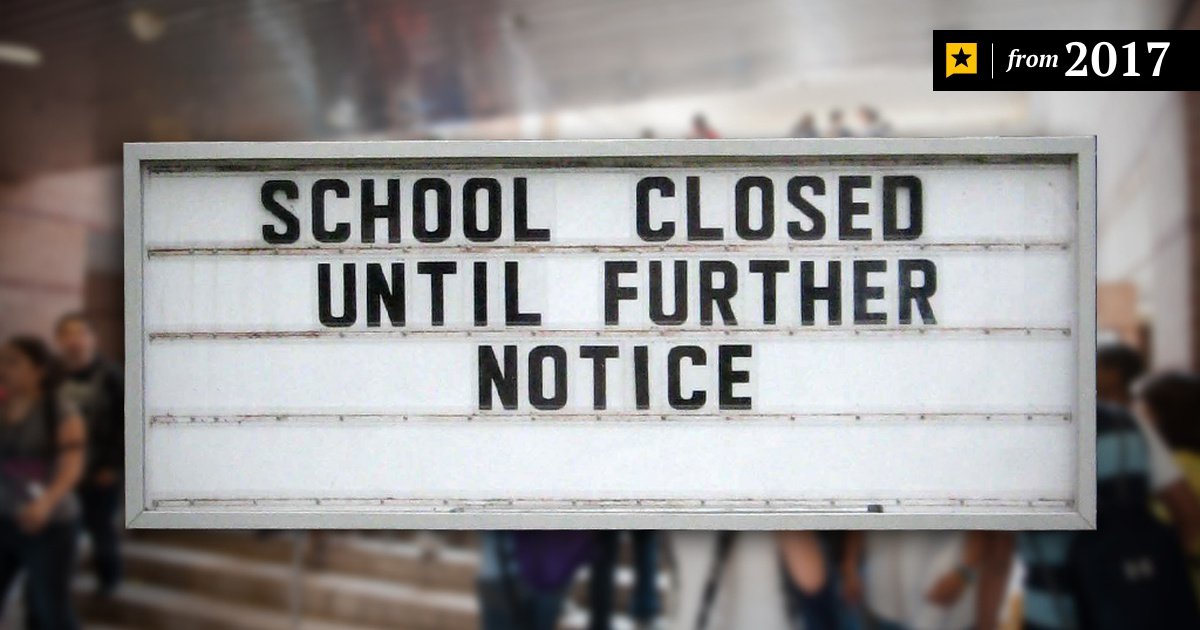Kerby Anderson
Perhaps the most destructive policy during the pandemic was shutting down the schools. There is now significant research documenting what we already assumed. The experiment of requiring students to stay home and try to learn by computer has been a disaster. A new report by McKinsey & Co. quantifies the harm that was done.
The research team examined the 2021 spring test results for 1.6 million elementary school students. They discovered that the school shutdowns harmed the educational progress of students. They were (on average) four months behind in reading and five months behind in mathematics.
These results are likely the best you can say for two reasons. First, this conclusion came from students who took the test. Many students had not returned to school and therefore did not take the test. It is reasonable to assume they would do even worse than the students who did return before the test was administered.
Second, educational performance was worse for children in less affluent neighborhoods. A year ago, I predicted that the students who would do best with online learning would be those who live in a home with a good computer, good Internet connection, and involved parents. Students who lacked one or more of those essential resources would do poorly. That is exactly what this report found.
McKinsey found that children in majority-black schools ended the school year a full six months behind in both math and reading. Students in schools where the average household income was below $25,000 were seven months behind in math and six months behind in reading.
If we merely pass these students on to the next grade, they’ll lack some of the key building blocks of knowledge. If we force them to repeat a year, studies show they are less likely to complete high school. The school shutdowns have been a disaster.
 Listen Online
Listen Online Watch Online
Watch Online Find a Station in Your Area
Find a Station in Your Area











 Listen Now
Listen Now Watch Online
Watch Online
